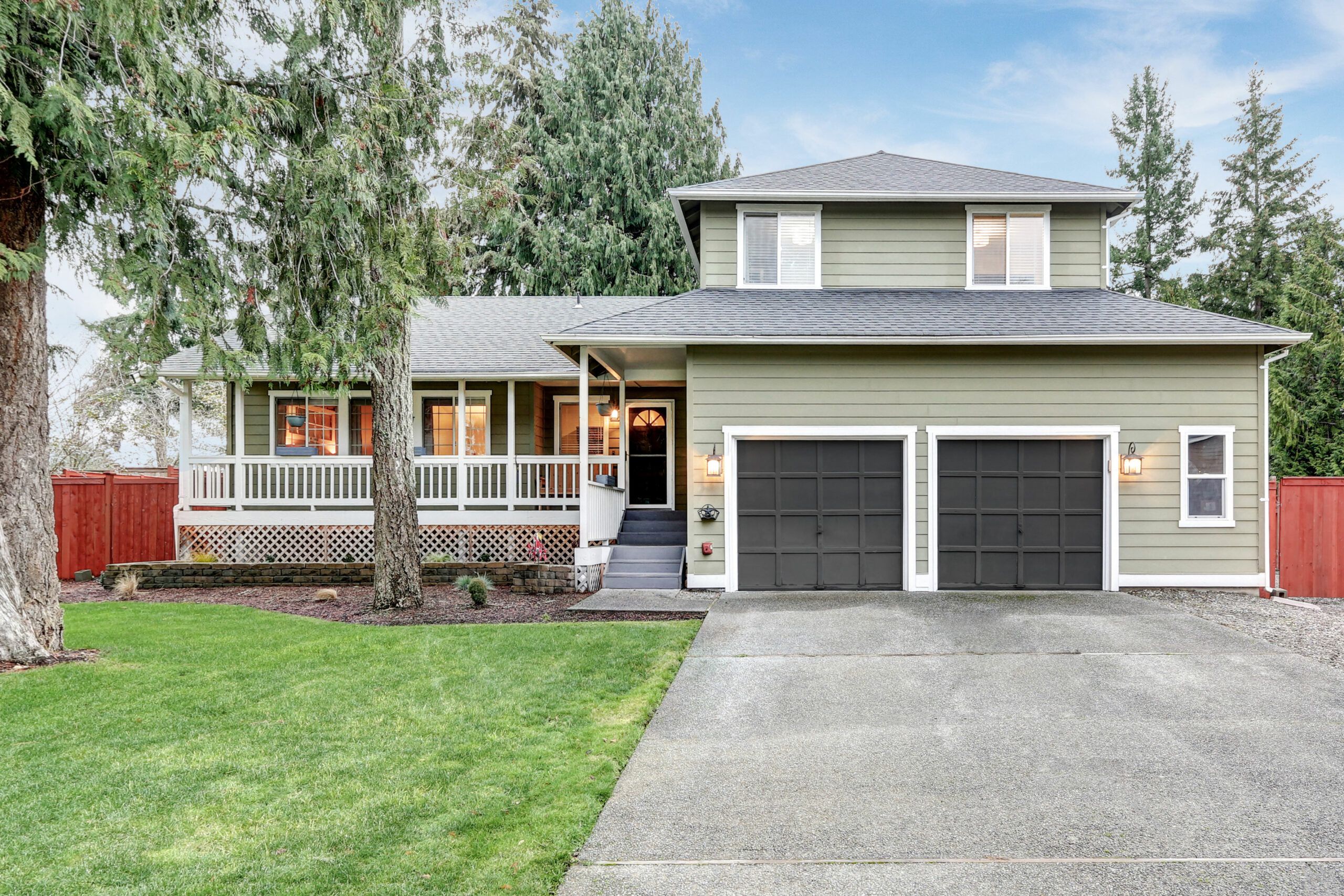
Elevating Homes: Exploring the Feasibility of Adding a Second Story to Your House
Introduction
Expanding living space is a common goal for homeowners looking to accommodate growing families or enhance property value. One popular method is adding a second story to an existing house. While this ambitious endeavor can bring numerous benefits, it also poses challenges and considerations. In this comprehensive guide, we’ll delve into the feasibility, planning, and execution of adding a second story to a house.
Is Adding a Second Story Feasible?
Structural Assessment
Before embarking on a second-story addition, a structural assessment of the existing foundation is crucial. Consult with a structural engineer to ensure it can support the additional weight. Some houses are better suited for vertical expansion than others, and this assessment lays the foundation for a successful project.
Zoning and Building Codes
Local zoning regulations and building codes play a pivotal role in determining the feasibility of a second-story addition. Check with your local municipality to understand height restrictions, setback requirements, and other regulations that may impact your project. Compliance with codes is not only essential for safety but also for obtaining the necessary permits.
Budget Considerations
Adding a second story can be a substantial financial investment. Factor in costs for design, engineering, permits, materials, labor, and unexpected contingencies. Obtain quotes from reputable contractors to develop a realistic budget. It’s crucial to be financially prepared for the project’s scope and potential challenges.
Planning Your Second-Story Addition
Design and Layout
Work with an architect to create a design that seamlessly integrates the second story with the existing structure. Consider factors such as aesthetics, functionality, and how the new space aligns with your lifestyle. Balancing design aspirations with practicality ensures a cohesive and satisfying outcome.
Functional Considerations
Think about how the second story will function within your daily life. Consider the placement of bedrooms, bathrooms, and common areas. Ensure that the new layout meets the needs of your family and enhances the overall functionality of the house.
Permits and Approvals
Securing the necessary permits and approvals is a critical step in the planning process. Your architect or contractor should assist in preparing the required documentation for submission to local authorities. Be prepared for a waiting period as the permits are reviewed and approved.
Construction Timeline
Create a realistic construction timeline with input from your contractor. Understand the sequence of activities, potential delays, and milestones. A well-defined timeline helps manage expectations and ensures that the project progresses smoothly.
Construction Process
Foundation and Framing
The construction process begins with reinforcing the existing foundation and framing the new second story. This involves significant structural work, including adding support beams and columns to carry the additional load. A skilled contractor will coordinate this phase with precision.
Roofing
Installing the new roof is a crucial step in protecting the entire structure from the elements. Choose roofing materials that complement the existing house while providing durability and insulation. Proper roofing ensures the long-term integrity of the second-story addition.
Exterior Finishes
Coordinate exterior finishes to create a harmonious appearance between the existing structure and the new addition. This includes siding, paint, and architectural details. A seamless integration of the exterior enhances curb appeal and visual coherence.
Interior Finishes
The interior finishes bring the project to life. Install insulation, drywall, flooring, and fixtures according to the design plans. Attention to detail during this phase ensures a cohesive and aesthetically pleasing interior.
Plumbing and Electrical
Integrate plumbing and electrical systems into the new space. This includes installing fixtures, outlets, lighting, and connecting to existing utility lines. Collaborate closely with licensed professionals to ensure safety and compliance with building codes.
Final Inspections
Before occupying the new space, the local building department will conduct final inspections to ensure compliance with codes and regulations. Address any outstanding issues promptly to obtain the necessary approvals.
Frequently Asked Questions
1. How much does it cost to add a second story to a house?
The cost varies widely depending on factors such as location, size, design complexity, and materials. On average, expect to invest between $100 and $300 per square foot.
2. Can any house support a second story?
Not every house is structurally suited for a second-story addition. A structural engineer can assess the existing foundation and determine its capacity to support the additional load.
3. How long does it take to add a second story to a house?
The construction timeline varies based on the project’s complexity and size. On average, it may take six months to a year from planning to completion.
4. Do I need planning permission for a second-story addition?
Yes, securing the necessary permits is essential. Check with your local municipality to understand the specific requirements and regulations.
5. Can I live in my house during the second-story addition construction?
Living in the house during construction is possible, but it can be disruptive. Discuss logistics with your contractor to minimize inconveniences and ensure safety.
6. Can I add a second story to a single-story house?
Yes, it is possible to add a second story to a single-story house. However, structural considerations and building codes must be carefully evaluated to ensure feasibility.
7. What are the benefits of adding a second story?
Adding a second story increases living space, enhances property value, and allows for better customization to meet the needs of a growing family.
8. Do I need a contractor for a second-story addition?
Hiring a licensed and experienced contractor is highly recommended. They bring expertise, manage the construction process, and ensure compliance with building codes.
9. How do I finance a second-story addition?
Options include home equity loans, refinancing, or personal loans. Consult with a financial advisor to determine the best financing strategy for your specific situation.
10. Can I design the second-story addition myself?
While you can have input into the design, it’s advisable to work with an architect to ensure the project meets building codes, zoning regulations, and structural requirements.
Conclusion
Adding a second story to a house is a transformative project that requires careful planning, thorough assessments, and skilled execution. While it comes with challenges, the benefits of increased living space and enhanced property value can be highly rewarding. Whether accommodating a growing family or elevating the aesthetic appeal of your home, a well-executed second-story addition can be the key to unlocking new possibilities in your living space.


